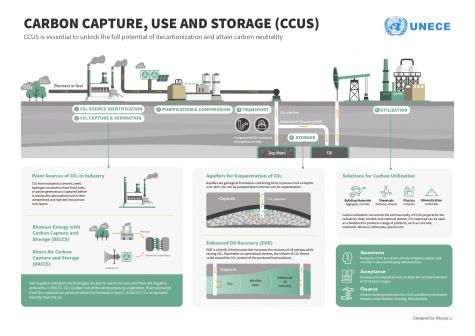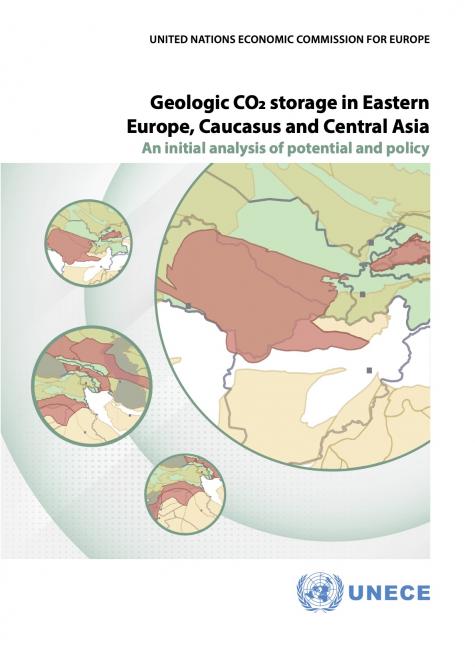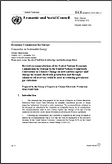
All the emission pathways in the IPCC Special Report on Global Warming will require the removal of large volumes of CO2 from the atmosphere using Carbon Removal to achieve net-zero emissions. Carbon capture, use, and storage (CCUS) is the process of capturing carbon dioxide (CO2) emissions from fossil power generation and industrial processes for storage deep underground or re-use.
UNECE countries need to deploy zero carbon and negative carbon technologies to capture 90Gt of CO2 by 2050 in order to meet Paris Climate Agreement objectives and deliver on the 2030 Agenda for Sustainable Development.
Fossil fuels are likely to continue to play an important role in the short and medium term. Today, roughly 80% of the energy mix in the UNECE region is fossil fuel-based. Many countries across the region benefit from fossil fuel energy. Coal, oil and gas remain vital for their energy security and economic well-being.
Therefore, carbon neutrality will require rapid deployment of carbon capture, use, and storage (CCUS) technologies to bridge the gap until innovative, next generation low-, zero-, or negative-carbon technologies are commercialized.
Five UN Regional Commissions are joining forces in exploring solutions to tackle climate change and contributed to High Level Dialogue (HLD) on Energy on 24 September 2021 to discuss the role of carbon dioxide removal to attain carbon neutrality and Agenda 2030 for Sustainable Development.


Technology Brief - Carbon Capture, Use and Storage (CCUS)
Технологический Обзор - Улавливание, Использование и Хранение Углерода (CCUS)
 Carbon Capture and Storage – A Key to Climate Change Mitigation (Booklet - December 2015)
Carbon Capture and Storage – A Key to Climate Change Mitigation (Booklet - December 2015)
 Carbon capture and storage, a key to climate change mitigation: with over 60% of electricity generation of UNECE’s 56 member states coming from fossil fuels, CCS is essential to reach climate goals. Article by Scott Foster, Director, UNECE Sustainable Energy L’AEGFI Commodities Special Edition 2015 (page 16)
Carbon capture and storage, a key to climate change mitigation: with over 60% of electricity generation of UNECE’s 56 member states coming from fossil fuels, CCS is essential to reach climate goals. Article by Scott Foster, Director, UNECE Sustainable Energy L’AEGFI Commodities Special Edition 2015 (page 16)
UNECE'S WORK ON CARBON CAPTURE AND STORAGE


